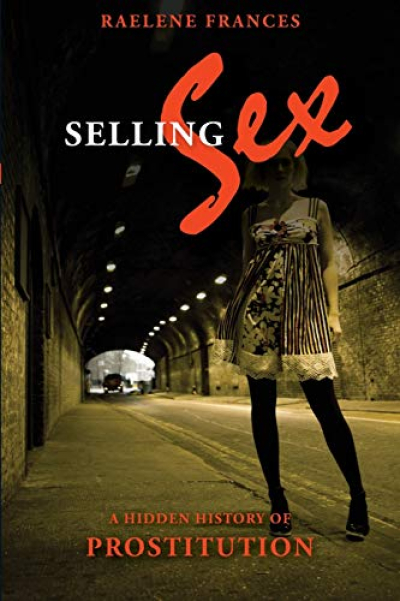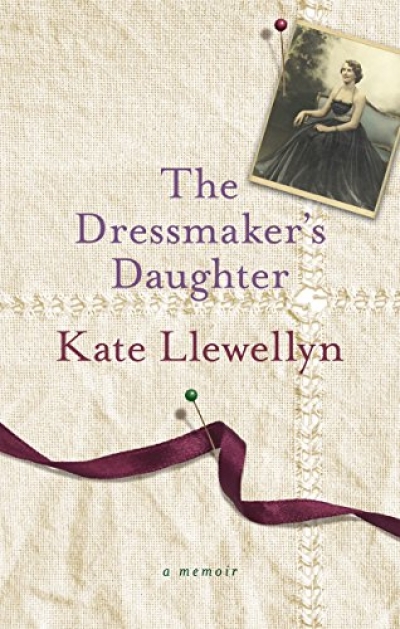Archive
Roma the First: A biography of Dame Roma Mitchell by Susan Magarey and Kerry Round
by Alison Broinowski •
Selling Sex: A hidden history of prostitution by Raelene Frances
by Jay Daniel Thompson •
A Biographical Dictionary of Australian and New Zealand Economists edited by J. E. King
by Geoffrey Blainey •
Every biography holds at least three stories, all of which, though very different, are closely linked. First of all, of course, there is the story told on the page – the story of someone’s life. Just below that is the story that consists of bits left over, all those awkward jagged pieces of raw or irrelevant data that have been eliminated. Some rejected from the beginning, others taken out at the last minute after much thought. But pervading the whole, though they may not be directly part of it, are the experiences and opinions of the people who provided so much of the information, whose life stories are invested in the final book.
... (read more)William and Lawrence Bragg, Father and Son: The most extraordinary collaboration in science by John Jenkin
by Ian Rae •









